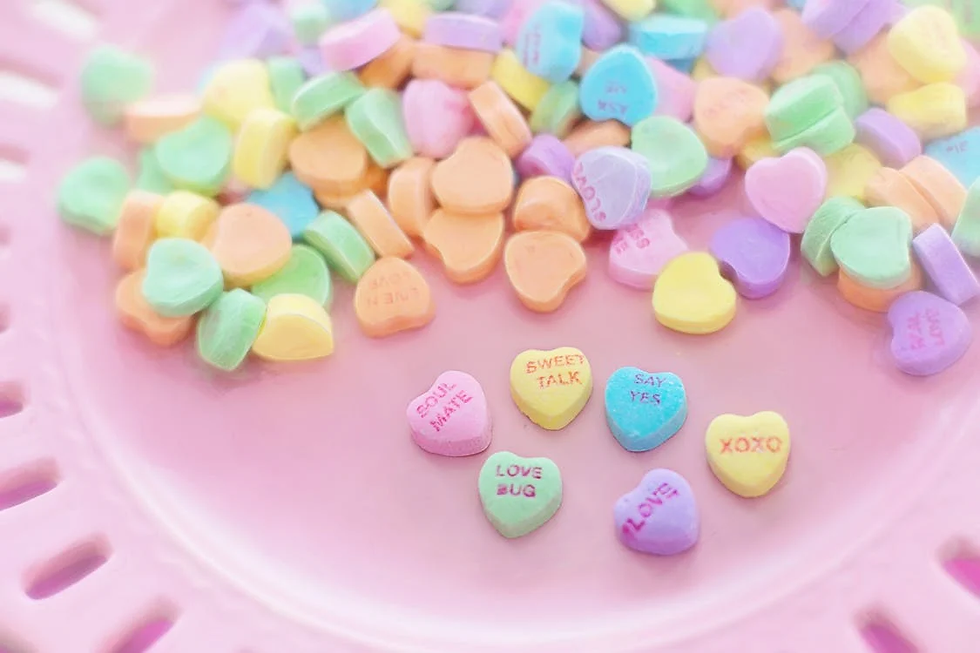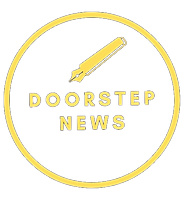The History of Valentine's Day
- McKenzie Mollica

- Feb 14, 2021
- 3 min read
Updated: Dec 23, 2024
February 14th is Valentine's Day: a day commonly dedicated to flowers, chocolates in heart-shaped boxes, and romance. However, what was Valentine's day like in the past? Was it always defined by flowers and chocolates? What is the story behind some of the beloved Valentine’s Day traditions?
The first commercially produced American Valentine's Day card was published in Worcester, Massachusetts in 1849. However, Valentine’s Day was supposedly celebrated for the first time in the year 496 A.D. Many people believe that Valentine’s Day is derived from a Roman feast, in which the ancient Romans used to celebrate the Feast of Lupercalia. This feast, in contrast to the Valentine's Day we know today, was celebrated over the course of 3 days rather than one. This feast was celebrated every year from February 13th-15th. In an attempt to Christianize this festival, Pope Gelasius I declared February 14th Valentine's Day. This day was to honor Saint Valentine.

Over time, people have come to celebrate their loved ones, and show their love for others on this day. People show their love in all different ways. One way people express their feelings is through a box of chocolates. This tradition, unlike some of the others, is a fairly new one. Cadbury, a British chocolate company, first began making these boxes of chocolates in the 1840s, during the Victorian Era. Richard Cadbury, son of the company's founder and one of the highest-ranking in the business, began to individually decorate each and every box. He figured that, by doing this, he would increase sales. With this idea in mind, he then began to take the heart-shaped box we know today, and added images of roses and cupid. This was then considered to be the first “box of chocolates.” This box was also marketed as multi-purpose, as the box would be able to be used as a memory box after the chocolates were eaten. In the modern day, at least 36 million heart-shaped boxes of chocolate are sold on Valentine's Day in America.
Flowers, specifically roses, are another common Valentine's Day tradition. Flowers became the gift of choice by association, as fertility was associated with agriculture, and flowers were a great way for people to send each other non-verbal messages. A common story that people hear regarding the use of flowers takes place in Sweden, where the association of flowers with Valentine's Day was introduced in the 1700s. Charles II of Sweden had taught people a system that allowed them to have an entire conversation using only flowers. He associated each flower with a meaning, and those meanings would be combined to have conversations. On average, approximately 250 million roses are sold specifically for Valentine's Day worldwide.
Cards are the final piece to main Valentine’s Day traditions. Nowadays, when most people think of cards, they associate them with Hallmark. The company actually offered their first cards before they even produced them; the cards were first offered in 1913, and would not be produced for the first time for another 3 years. Hallmark cards are now known for their fun designs, suitable for all occasions. On average, 145 million cards are exchanged each year. Nowadays, there are many variations of this common tradition. One of those being the exchanging of tiny Valentine's cards that students hand out to their classmates - a trend that became popular around the same time as the emergence of Hallmark cards.
Valentine's Day is the second most popular holiday for Americans to send greeting cards, with Christmas clinching the first spot. February 14th remains a very popular holiday that continues to be celebrated worldwide. Many people spend the holiday with a spouse, soulmate, or even perhaps friends. However, it can often be easy to forget the history and meaning behind this special day.

_edited.png)



Comments